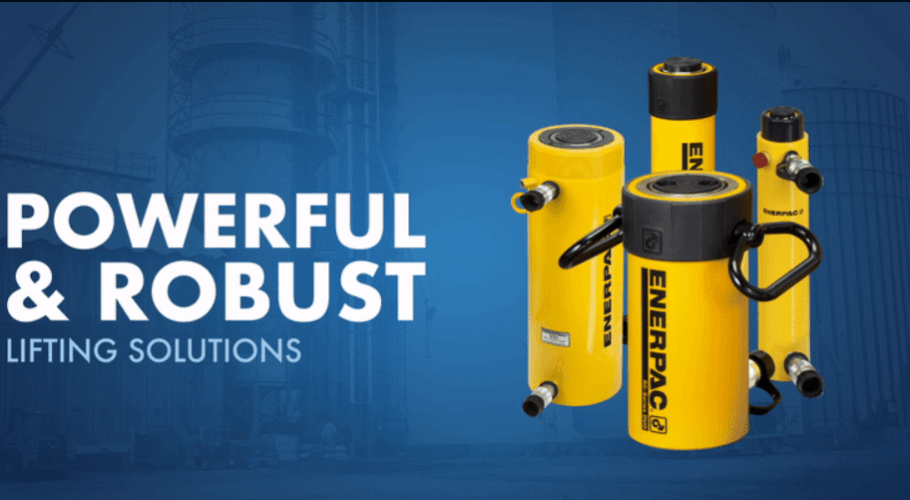
Every day hydraulic jacks, lifting cylinders and other lifting equipment are used in different ways across various industry sectors. It could be as part of a major engineering project to stabilise a subsiding building, a car garage, or even to move a new bridge deck into position. Whatever the application, the choice of equipment, its safe use and correct maintenance is vital if the job is to be done safely, cost effectively and efficiently.
As with any equipment, the right choice of jacks or lifting cylinders will make the job easier and safer. The incorrect choice of equipment can result in the job being completed poorly and not to specification, this is likely to prove costly when it is time for maintenance and servicing. With Operator’s safety at stake, corners should never be cut on the specification of hydraulic jacks or any other lifting equipment.
A hydraulic jack is a powerful lifting or pushing tool designed to provide effective lift over greater distances than a basic mechanical jack. They are commonly used in workshops or onsite for specialised engineering applications. Hydraulic jacks use a plunger mechanism and a non-compressible fluid, typically a hydraulic oil, to create the required pressure resulting in lifting capability. When choosing the right hydraulic jack, the following should be considered:
Hydraulic lifting cylinders consist of a cylinder containing a piston which is operated by a hydraulic pump. A similar selection criteria applies when choosing between general purpose lifting cylinders, lightweight aluminium cylinders, high-tonnage construction cylinders or low-height cylinders for use in confined spaces. Add hollow plunger cylinders and long stroke/high cycle cylinders for other applications and you enter a field where specialised knowledge and experience is vital.
Key factors to understand before choosing the correct lifting cylinder
With such a wide range of lifting cylinders available, the key to successful product specification lies in understanding the following:
When using both lifting cylinders and hydraulic jacks, lifting safety comes down to the correct product specification for the required job, suitable product quality, quality maintenance and regular testing. To achieve this, most users of hydraulic lifting equipment will draw on the experience and knowledge of an established expert partner.
See related article:
https://www.linkedin.com/pulse/how-choose-right-lifting-cylinder-georgie-arnold?trk=mp-author-card